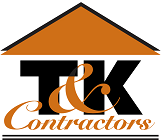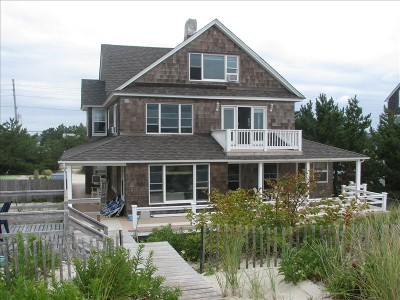According to Realtor.com, the average home spent only 38 days on the market in March 2022, a decrease of 11 days over the previous year. Indeed, the competition among homebuyers has become incredibly fierce, leaving people feeling pressured to make an offer quickly. However, when buying an older home, don’t sign before checking these five things very carefully.
#1. Foundation and Structural Defects
Some settling of a foundation is normal, even for relatively new homes. However, some signs would indicate your foundation has settled too much, including:
- Doors and windows that will not close properly
- Wall cracks, particularly right above doors and windows
- Uneven flooring
- Basement walls that bow outward
- Leaning chimneys
- Front porches that drop downward
Foundation repairs are among the most costly home renovations out there. They are also something you can not ignore, as they will only worsen as time goes on. As such, it’s imperative to have a thorough foundation inspection, even if everything appears normal on the surface.
#2. Water and Insect Damage
A damaged foundation can lead to other structural defects, namely water, and insect damage. Even minor cracks in a home’s foundation can allow water and moisture to enter. In turn, a damp environment provides the perfect place for termites and other insects. If your home is affected by moisture damage, you may notice mildew, rotting wood, mold, or other signs of decay.

#3. Electrical System
Computers, game systems, and other electronics weren’t always as common as they are today. Accordingly, a routine problem in older homes is a shortage of electrical outlets. Not only that, but the outlets installed are often outdated, such as ungrounded plugs or non-GFCI receptacles.
Aside from the outlets, you may experience problems with the electrical system. Many older homes still have fuse boxes rather than breaker panels. And houses built before 1930 may contain knob and tube wiring, or copper wires supported by glass insulators. Either of these could pose a fire hazard, and should therefore be upgraded at once.
#4. Energy Efficiency
Older homes are notorious for being drafty in winter and nearly impossible to cool in summer. A number of issues may contribute to poor energy efficiency, including:
- An improper amount of insulation in the walls, floors, attic, or crawlspace
- Single-pane windows, or glass that no longer maintains a proper seal
- Damaged siding
- An older, less efficient heating and cooling system
Since multiple issues can lead to energy inefficiency, a professional audit is in order when buying an older property. The U.S. Department of Energy recommends a professional inspection for anyone wishing to lower their power consumption, and also provides advice on DIY home energy assessments.
#5. The Roof
All roofs will eventually reach the end of their lifespan. This is just as true of slate roofs that last an average of 100 years as it is an asphalt-shingled roof. Unless the seller provides documents showing when the roof was last replaced, assume that it is past its prime and opt for an inspection.
Helping You Enjoy Your Older Home to the Fullest
Don’t let this list of problems deter you from buying an older home. Many period homes were extremely well built, and are therefore likely to remain sturdy for several more decades.
Of course, some may require renovations to make them look and appear more modern. That’s where we come in, helping you turn your old residence into a trendy masterpiece. We can also do so without compromising the historic charm in the process. Want to know more? Then contact us to schedule your consultation.

